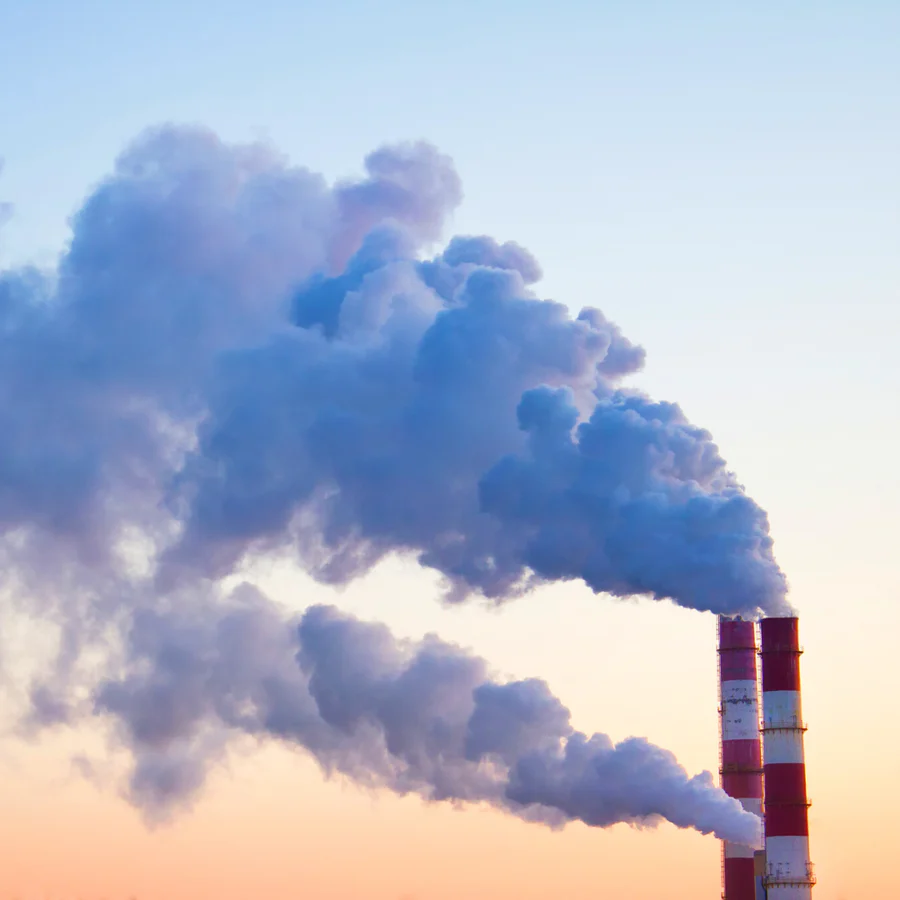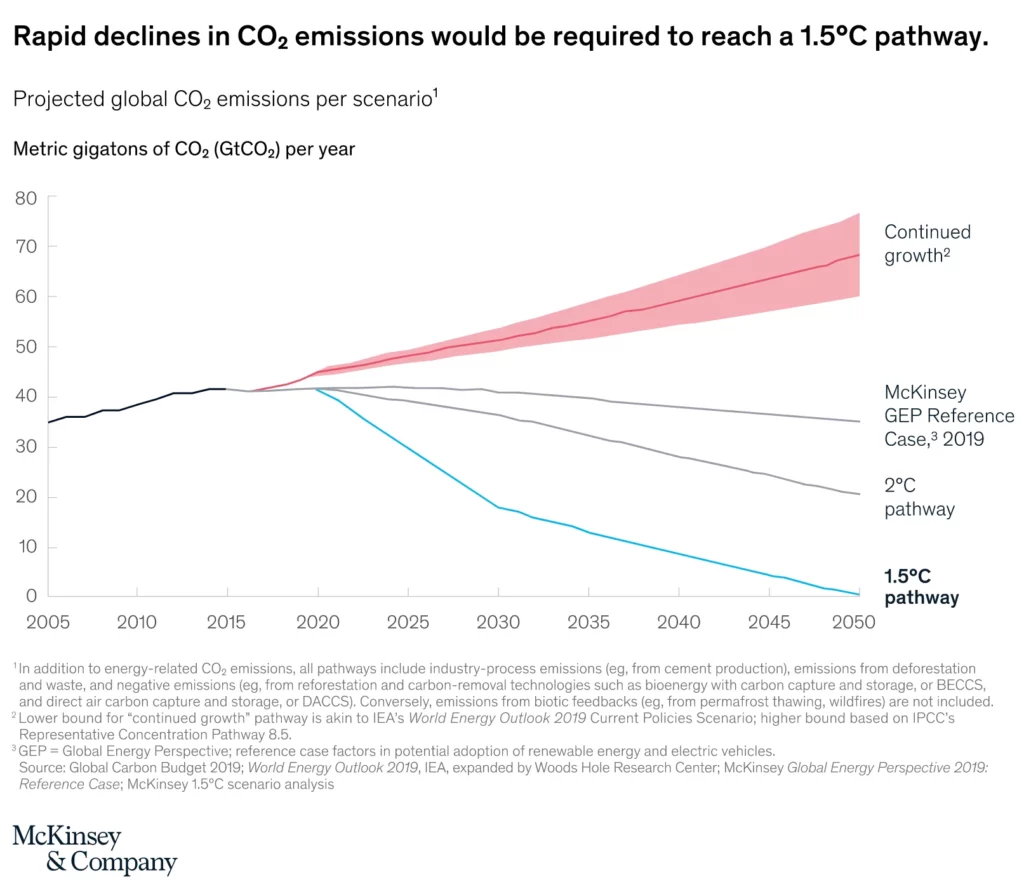
Whether you consume your news via television, radio, social media or some combination of the three, you are no doubt aware of the heightened global buzz around reaching “net zero” by 2050. This was a hot topic in the recent US election and routinely appears in headlines from France to China, India to Australia. Like most news bites, it sounds great, but what does ‘reaching net zero by 2050’ actually mean?
In my third article for the Nu:ionic blog, I’ll explain what ‘net zero by 2050’ means, the role hydrogen plays and how our technology can get us there, faster. If you missed our first two posts, find them on our blog here and be sure to catch next week’s post, which explores how Nu:ionic’s low-carbon, low-cost hydrogen can be injected into the natural gas pipeline to decarbonize natural gas.
1. Why ‘Net Zero’ by 2050?
In 2015, member countries of the United Nations came together in Paris to discuss how to mitigate the impact of climate change and prevent continued climate change from threatening our way of life. Climate change, or global warming, occurs due to the high concentration of greenhouse gases (primarily CO2) in the atmosphere, of which 75% is caused by energy use.
The result of the meeting, widely known as the Paris Climate Agreement, stipulated that we had to find a way to prevent average temperatures from exceeding a 2C increase. In order to limit this 2C increase, CO2 emissions associated with human activity would have to be reduced by 60% by 2050, however, the ultimate goal is limiting it to 1.5C, which would require reducing CO2 emissions by 100%, or ‘net zero.’ At net zero, the concentration of CO2 in the atmosphere is no longer increasing and thus, global warming cannot increase either.

Read “Climate Math: What A 1.5 Degree Pathway Would Take” from McKinsey here.
2. How Is Hydrogen Part of the Solution?
Hydrogen, as a fuel, does not emit any greenhouse gases, which makes it an important energy source in achieving decarbonization goals. While it’s the most abundant element in the Universe, it rarely occurs naturally. We must produce hydrogen, either from water, electricity or natural gas, which requires capturing and sequestering the associated CO2. Widely used for decades, we know how to handle it safely, and since hydrogen is 14 times lighter than air and when emitted, it disperses quickly and is harmless to the atmosphere, compared to many fossil fuels which are harmful when spilled or released into the atmosphere. This makes hydrogen safe to use as fuel.
3. Nu:ionic’s Role in a Decarbonized Future
Our technology is a bridge to the future, as it allows us to leverage existing low-cost natural gas infrastructure, together with emerging energy sources, such as zero carbon wind and solar electricity, to produce low-carbon hydrogen, with up to 95% of the associated CO2 captured and stored. This low cost, low-carbon hydrogen can help us along this path of achieving the ambitious net zero goals of the future, today.

